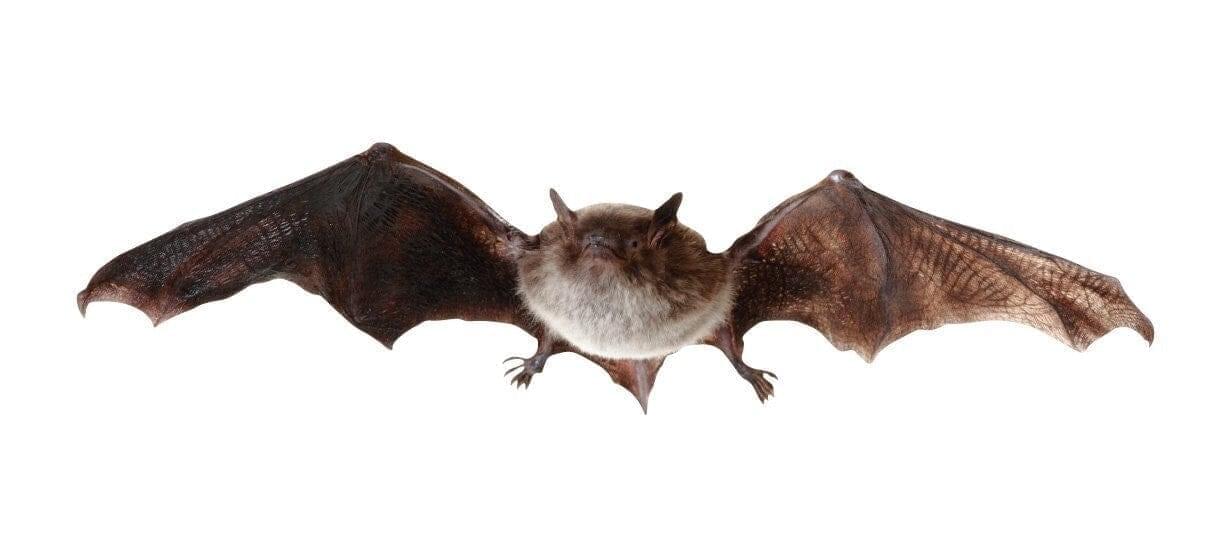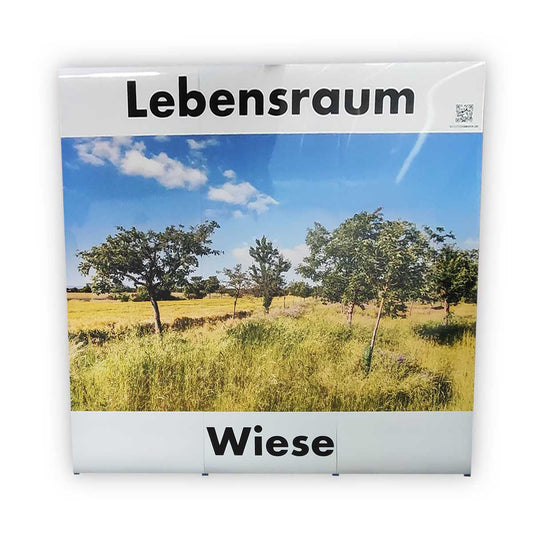
bat
Bats, the only mammals capable of flight, play a crucial ecological role through their insect and fruit diet, which contributes to pest control and seed dispersal. This fact sheet provides a comprehensive overview of bat biology and ecology and supports awareness for the conservation of this fascinating group of animals.
bat Products
-
Animal standee serotine bat
Regular price From 19,90€Regular priceUnit price / per -
Pop-Up Wall "Forest Habitat"
No reviewsRegular price 300,00€Regular priceUnit price / per -
Pop-Up Wall "Forest Habitat"
No reviewsRegular price From 1.200,00€Regular priceUnit price / per -
Pop-Up Wall "Forest Habitat"
No reviewsRegular price From 1.200,00€Regular priceUnit price / per
Profile: bat
-
Scientific classification
- Class: Mammalia (mammals)
- Order: Chiroptera (bats)
- Families: More than 20, including Vespertilionidae (natterjack bats), Pteropodidae (fruit bats) and others
- General species: Common pipistrelle (Pipistrellus pipistrellus), Greater noctule (Nyctalus noctula)
-
Physical characteristics
- Size: Body length of 3-10 cm (depending on species)
- Wingspan: 18-40 cm (depending on species)
- Weight: 2-150 g, typically under 50 g for most small species
- Special features: Flying mammals with wings consisting of a skin membrane that connects the extended fingers; excellent echolocation abilities.
-
Habitat and distribution
- Common regions: Globally distributed, from tropical to temperate zones
- Habitat: Forests, caves, under bridges, in old buildings and other structures that can provide shelter
- Adaptability: Extremely high, bats can live in almost any natural or man-made habitat that offers shelter.
-
Nutrition
- Diet: Insectivores (most small species), fruits (fruit bats), fish (fish bats), blood (vampire bats)
- Typical food: insects, spiders, small fruits, nectar
-
Reproduction and lifestyle
- Mating season: Variable, often in autumn with a gestation period that may include winter delays
- Gestation period: 40-90 days (depending on species)
- Litter size: Usually 1 young animal; rarely 2-3
- Social structure: Many species live in large colonies, some are more solitary
-
Lifespan and protection status
- Life expectancy: 3-30 years, depending on the species
- Endangered status: Many species are threatened by habitat loss, pesticides and climate change
- Protective measures: protection of wintering and breeding habitats, legal protection measures against disturbance and destruction of habitats, reduction of pesticide use



